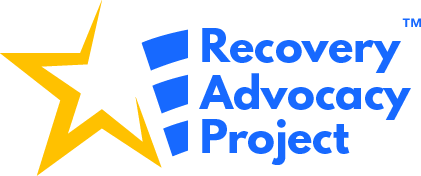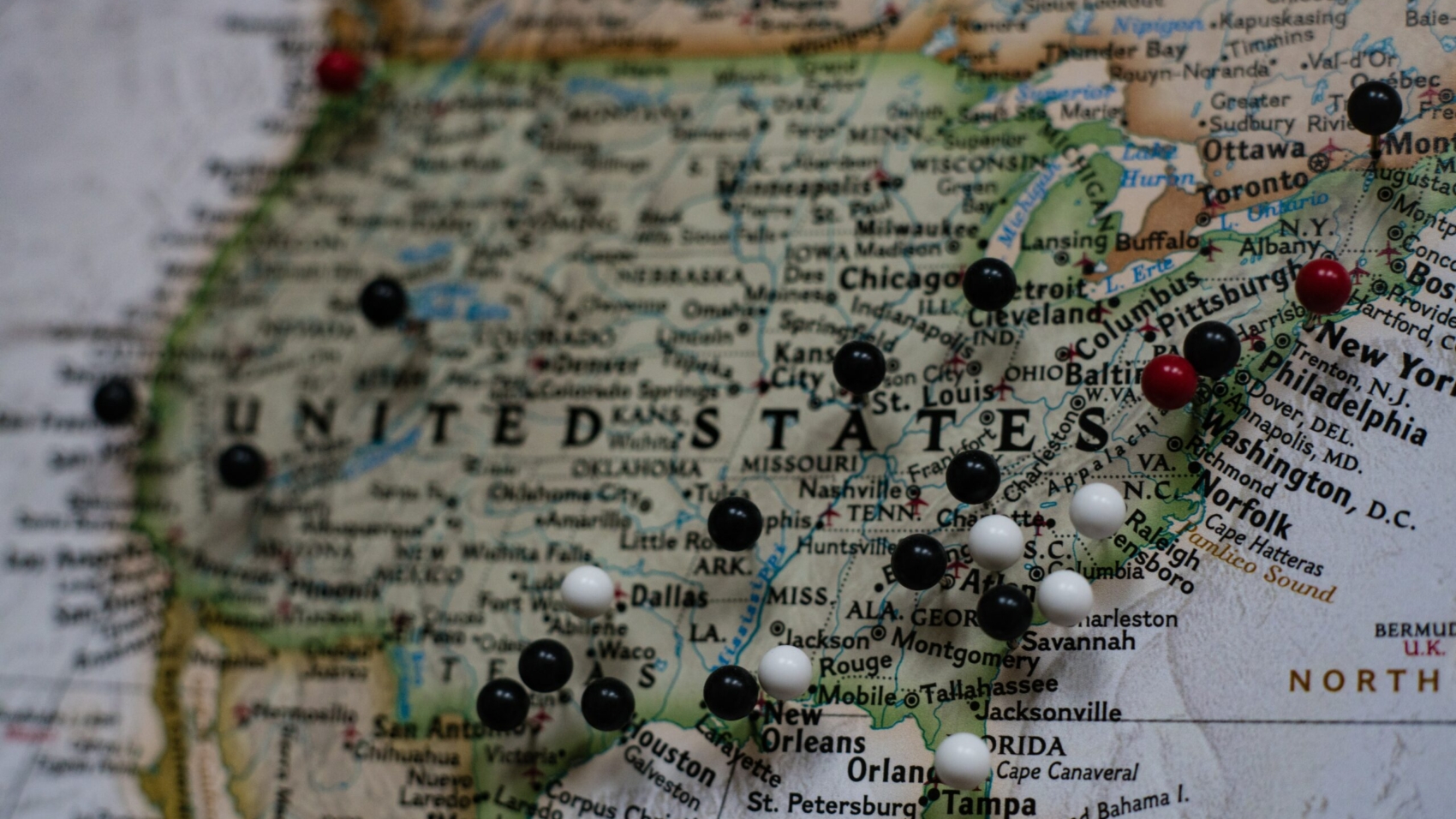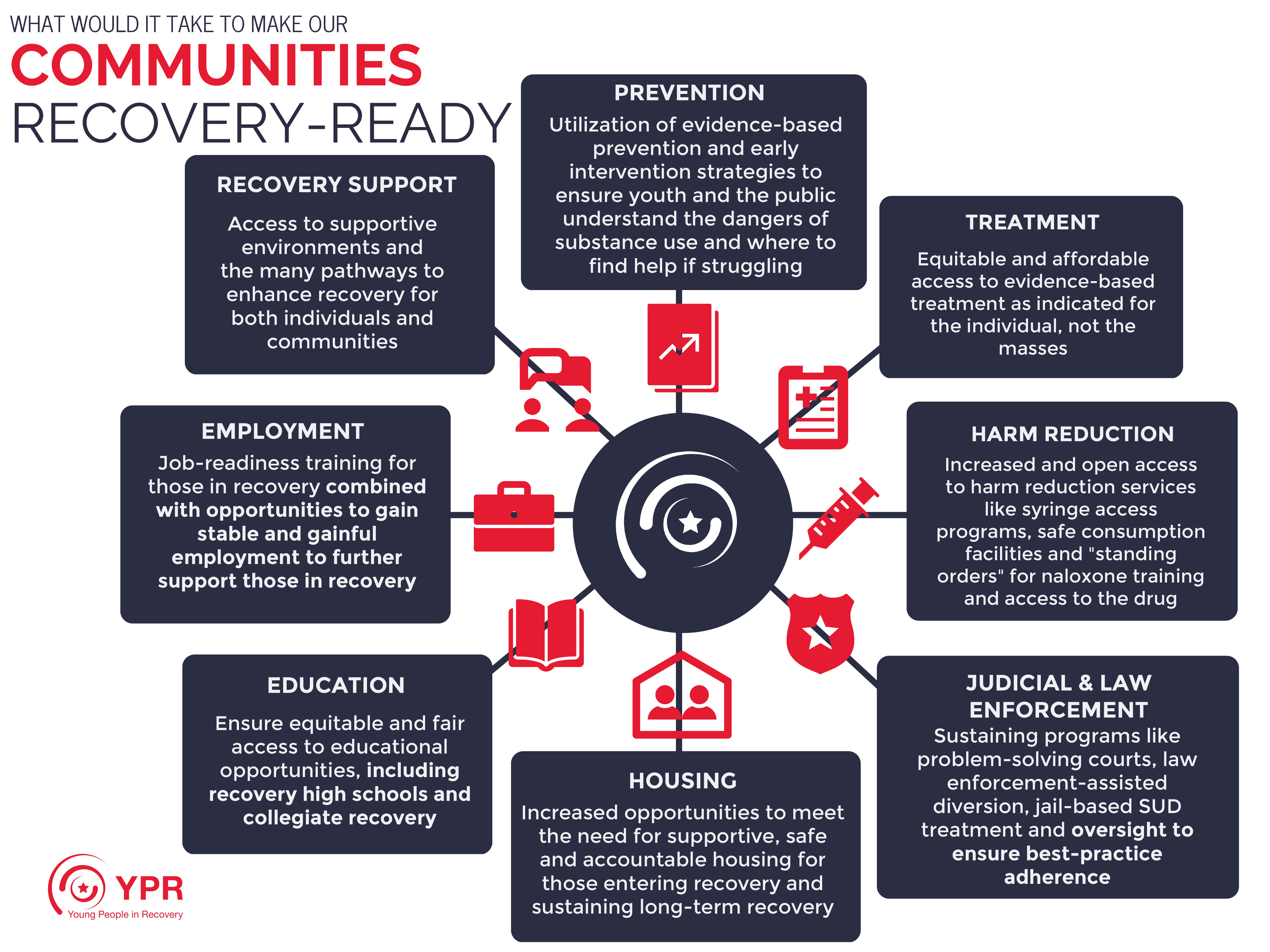Create a recovery asset and resource map
Defining a Recovery Asset and Resource Map
An asset map is an inventory of community (local, state, or virtual) strengths and resources that has the potential to guide recovery advocates towards solutions, provide recovery support services, and potentially identify what is needed. Once resources are depicted on the grassroots level, advocates should be able to build on these assets while addressing community needs to make it easier for people to find and maintain recovery.
You may find that many counties, state agencies, or local organizations have already created one of these resources. In the spirit of collaboration and connection, find out if you can help update it, or recategorize into the areas listed below.
- This step-by-step HOW TO will help you in your effort to familiarize yourself and your community with what exists and is still needed around you in regards to recovery support.
Why it is important for organizers to develop a Recovery Asset and Resource Map
- A detailed asset and resource map can help guide individuals or family members looking for recovery support services they may not otherwise have known existed. Many asset maps can be the beginning of developing a simple and local resource guide for those seeking help.
- Expanding your own personal knowledge of what is available and not available around you benefits you as a community organizer.
- It is important for grassroots advocates to have their finger on the pulse of the community in which they live. We can become local recovery experts.
- Having an idea of the lack of resources can help guide local advocacy efforts to potentially address any community shortcomings.
- Many potential grant funders request an asset and resource scan.
- Producing a Recovery Asset and Resource Map makes it easier to potentially build a coalition of advocates or organizations around issues you care about that affect many people in your area.
Step by Step Guide to Mapping Your Community’s Assets
1. Determine the scope of your Recovery Asset and Resource Map
Depending on the goals of your team, you will have to determine if a Recovery Asset and Resource Map should be done at the community level, county level (and maybe a few surrounding counties) sections of your state, legislative districts, or statewide. This can be determined by asking the team who you are working to assist.
Take some time to revisit what your Recovery Advocacy Project’s team vision or mission is before beginning your map. You may also belong to an organization that has a strategic plan. It will be helpful to consult this plan to see where your map may assist the organization.
2. Review the Recovery-Ready Community graphic provided by our friends at Young People in Recovery below.
You may even have additional ideas of what could make a Recovery-Ready Community that may not fall into any of the categories provided in the graphic. Trust your instincts and do a scan for those resources as well!
You can also consult the Substance Abuse and Mental Health Services Administration (SAMHSA) Eight dimensions of Wellness to expand your map. Take a look and see if it can lead to additional resources around you in step 3.
3. Create a list of resources you know that may fall into each one of these categories in the area you have determined to focus on. Also, take some time to conduct a quick internet resource scan to add to the list of resources.
You may even have some allies that specialize in one or more of the categories that you could reach out to for assistance. There may be resources you didn’t even realize were provided in your local community or state.
NOTE: Some resources you may discover in the internet scan could be out of date, or even could be paid advertisements for resources out of state.
4. Determine what is missing that the team is most passionate about.
What are the community needs that stick out to you? This will help you to identify initial organizing projects to take steps towards in your local community or state.
5. Identify potential partners, allies, decision makers, and advocates in your community that could assist you now, or in the future.
This is an important list for you to reference and continue to add to in your local community organizing efforts. When we refer to decision makers, we are referring to elected officials, leaders in law enforcement, faith community leadership, school officials, or other community leaders.
6. Determine if some of the solutions to any area needs could be either community or legislative based .
There may be existing community or legislative efforts that are already underway. It is important to do a little research and ask someone who knows about statewide initiatives and policies may already exist that you can add your effort to. Many states have recovery organizations that have public policy experts and may be able to help you with this.
7. Share your Recovery Asset and Resource map with others to educate individuals in communities where to go if they are seeking recovery support services.
Look to social media, non-profit organization websites, town (city) & county websites, Blog sites, family and parent groups, and recovery community organizations as potential spaces that could promote your Recovery Asset and Resource Map to help spread the word
*The Recovery Advocacy Project organizing team would like to thank Young People in Recovery for the use of the graphic and some of the language provided in this guide.




